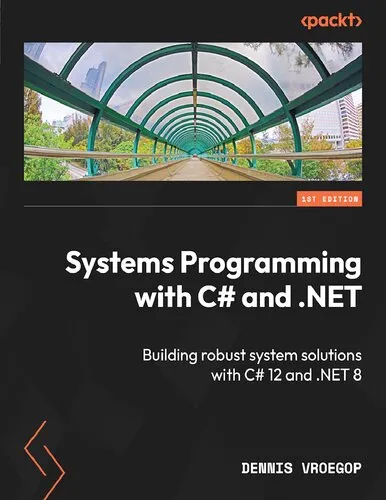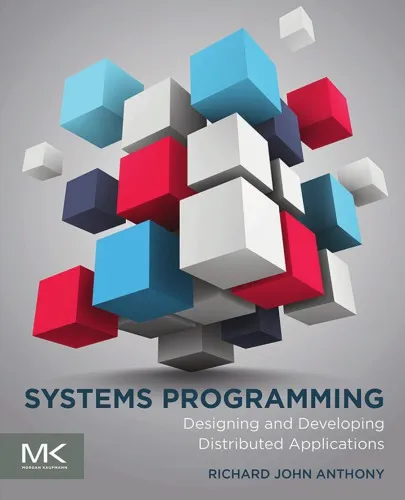Writing Linux Device Drivers: a guide with exercises (Volume 3)
4.5
بر اساس نظر کاربران

شما میتونید سوالاتتون در باره کتاب رو از هوش مصنوعیش بعد از ورود بپرسید
هر دانلود یا پرسش از هوش مصنوعی 2 امتیاز لازم دارد، برای بدست آوردن امتیاز رایگان، به صفحه ی راهنمای امتیازات سر بزنید و یک سری کار ارزشمند انجام بدینکتاب های مرتبط:
معرفی جامع کتاب "Writing Linux Device Drivers: a guide with exercises (Volume 3)"
راهنمایی دقیق و کاربردی در توسعه درایورهای Linux همراه با تمرینهای عملی برای یادگیری.
خلاصهای از کتاب
کتاب Writing Linux Device Drivers: a guide with exercises (Volume 3) یکی از برترین منابع آموزشی برای کسانی است که به دنبال یادگیری عمیق و کاربردی نحوه نوشتن درایورهای سطح پایین سیستمعامل Linux هستند. این کتاب به صورت مرحله به مرحله به توضیح مفاهیم پیچیده حوزه Drivers پرداخته و همراه با تمرینهای عملی، خواننده را در مسیر توسعه حرفهای درایورهای Linux هدایت میکند.
نویسنده، دکتر Jerry Cooperstein، که یکی از متخصصان برجسته در حوزه آموزش Linux است، تلاش کرده با زبان ساده اما دقیق، مفاهیمی مثل Kernel Modules، Memory Management، Interrupt Handling، و دستگاههای ورودی و خروجی (I/O Devices) را شرح دهد. این کتاب به ویژه برای توسعهدهندگانی طراحی شده است که پیشزمینهای متوسط تا حرفهای در Linux دارند اما میخواهند دانش خود را به سطح تخصصی در رابطه با نوشتن درایورها ارتقا دهند.
نکات کلیدی کتاب
- آشنایی با ساختار کلی سیستمعامل Linux و نقش درایورها در عملکرد آن
- درک مفاهیم ضروری مثل Kernel Space در مقابل User Space
- نحوه مدیریت منابع سختافزاری از طریق API های سیستمعامل
- مطالعه عمیق روشهای مدیریت Interrupts و تعاملات دستگاهها
- تمرینهای کاربردی برای نوشتن و بهینهسازی درایورهای ساده تا پیچیده
نقل قولهای معروف از کتاب
"In Linux, drivers are not just pieces of code—they are bridges between hardware and the kernel, requiring precision and elegance."
"Writing a device driver is not just a task; it’s an art that balances performance, stability, and simplicity."
چرا این کتاب اهمیت دارد؟
نوشتن درایور برای سیستمعامل Linux یکی از مهارتهای حیاتی در دنیای امروز فناوری اطلاعات است. این کتاب برای فردی که قصد دارد وارد دنیای پیچیده Kernel Development شود، راهنمایی بینظیر فراهم میکند. با توجه به رشد روزافزون دستگاههای مبتنی بر Linux، نیاز به توسعهدهندگان حرفهای در این زمینه به شدت احساس میشود.
یکی دیگر از دلایل اهمیت این کتاب، توجه ویژه به تمرینهای عملی است که فرصت تجربه واقعی تعامل با Kernel را فراهم میکند. همچنین، ارائه توضیحات شفاف در کنار نمونهکدهای کاربردی باعث میشود که خوانندگان بتوانند مفاهیم پیچیده را به سادهترین شکل ممکن بیاموزند. این کتاب نه تنها برای برنامهنویسان حرفهای، بلکه برای دانشگاهیان و محققانی که در زمینه سیستمعاملها فعالیت دارند نیز مفید واقع میشود.
Introduction to "Writing Linux Device Drivers: a Guide with Exercises (Volume 3)"
Welcome to "Writing Linux Device Drivers: a Guide with Exercises (Volume 3)", an advanced step-by-step handbook designed to unlock the intricacies of Linux device driver development. This book is a perfect companion for software developers and enthusiasts who want to dive into the core of Linux kernel programming, particularly in the realm of device drivers. Volume 3 of this series builds upon previous volumes while providing readers with richer insights, hands-on exercises, and deep technical dives into the complexities of device programming.
Detailed Summary
At its core, this book focuses on delivering a comprehensive understanding of device driver development for the Linux operating system. It begins with foundational concepts such as the anatomy of Linux drivers and their relationships with the kernel. Gradually, as you progress through the book, you’ll encounter complex topics, including interrupt handling, memory mapping, and debugging techniques tailored to Linux systems. The exercises in each chapter ensure that theoretical knowledge transforms seamlessly into actionable coding practices.
Volume 3 places a strong emphasis on practical implementation, enabling readers to create their own device drivers while addressing real-world scenarios. Whether your goal is to develop kernel modules or interface with hardware components, this book offers meticulous guidance. Designed for both intermediate and advanced developers, it serves as a bridge from beginner-level knowledge to expertise in Linux system programming.
Key Takeaways
- Learn the critical architecture of Linux device drivers and understand their interaction with the kernel.
- Master essential concepts like memory mapping, file operations, and concurrency in driver programming.
- Understand debugging techniques and tools to identify and solve problems in your driver code.
- Work through hands-on exercises to solidify your practical skills in Linux kernel module development.
- Gain confidence in creating drivers that are robust, scalable, and efficient.
Famous Quotes from the Book
"Linux doesn't hide its inner workings—it invites you to explore them, and this is the core philosophy of device driver programming."
"A driver is the bridge between software abstraction and hardware reality, and learning to build this bridge is a transformative skill for any developer."
"Debugging is not about finding a needle in a haystack; it's about understanding the haystack well enough to locate the needle effortlessly."
Why This Book Matters
In the modern world of technology, Linux continues to dominate servers, embedded systems, and many other computing environments. Understanding how software interfaces with hardware is vital for developers working in these fields. This book’s focus on Linux device drivers is not just an exploration of a niche skill but a gateway to becoming proficient in one of the most powerful and versatile operating systems. As the demand for Linux-based solutions grows, so does the need for competent programmers who can craft high-quality device drivers.
Moreover, "Writing Linux Device Drivers: a Guide with Exercises (Volume 3)" serves as an excellent tool for anyone aiming to understand low-level programming and develop a profound skill set that can be applied to robotics, IoT, networking devices, and beyond. With its structured approach, filled with practical exercises and expert insights, this book ensures you not only learn Linux driver programming but also excel at it.
دانلود رایگان مستقیم
شما میتونید سوالاتتون در باره کتاب رو از هوش مصنوعیش بعد از ورود بپرسید
دسترسی به کتابها از طریق پلتفرمهای قانونی و کتابخانههای عمومی نه تنها از حقوق نویسندگان و ناشران حمایت میکند، بلکه به پایداری فرهنگ کتابخوانی نیز کمک میرساند. پیش از دانلود، لحظهای به بررسی این گزینهها فکر کنید.
این کتاب رو در پلتفرم های دیگه ببینید
WorldCat به شما کمک میکنه تا کتاب ها رو در کتابخانه های سراسر دنیا پیدا کنید
امتیازها، نظرات تخصصی و صحبت ها درباره کتاب را در Goodreads ببینید
کتابهای کمیاب یا دست دوم را در AbeBooks پیدا کنید و بخرید
1269
بازدید4.5
امتیاز0
نظر98%
رضایتنظرات:
4.5
بر اساس 0 نظر کاربران
Questions & Answers
Ask questions about this book or help others by answering
No questions yet. Be the first to ask!
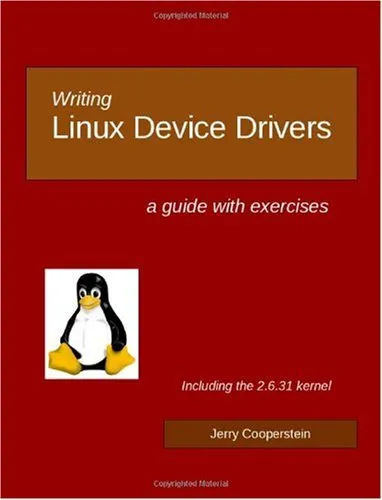
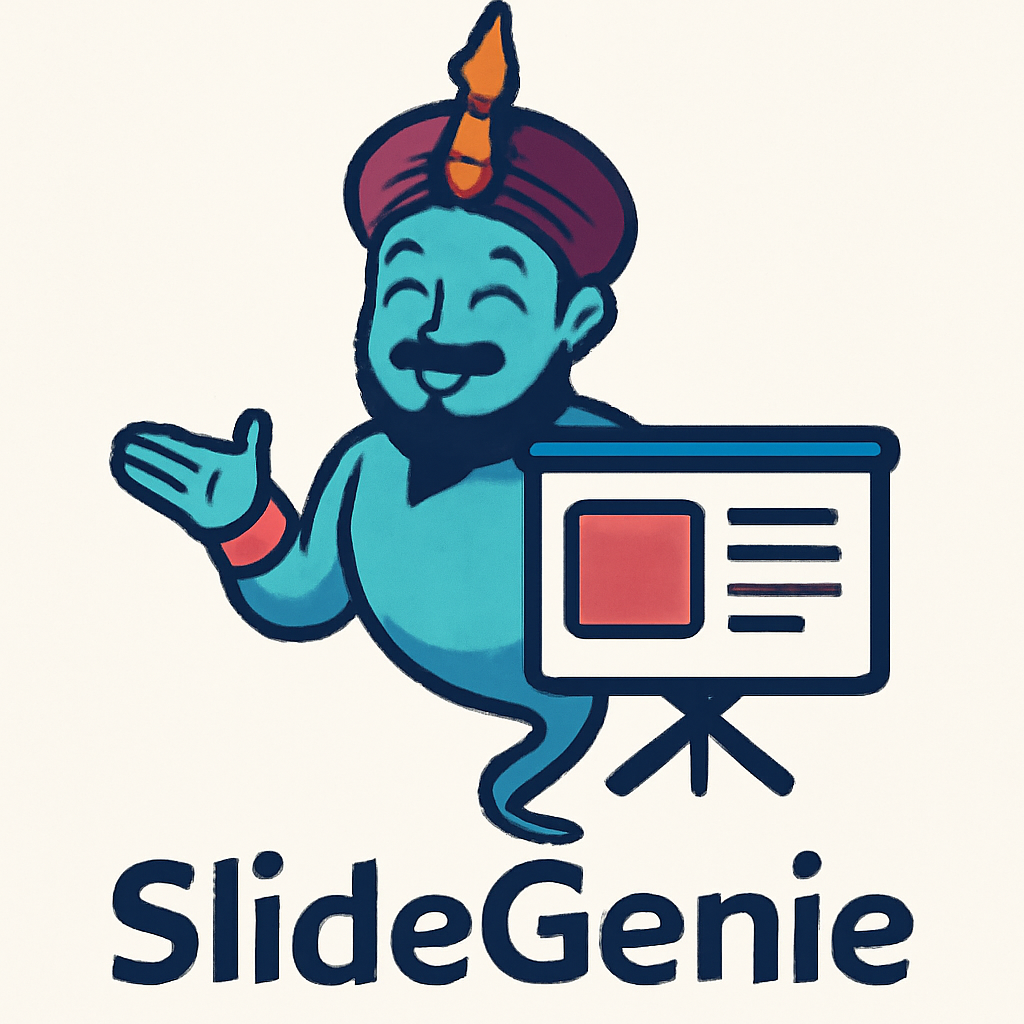
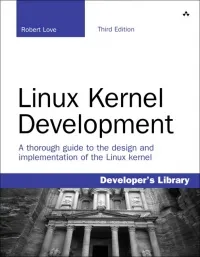
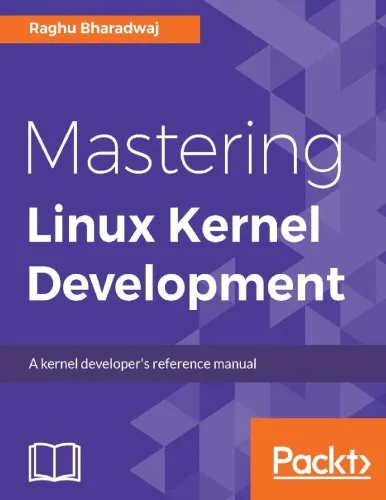

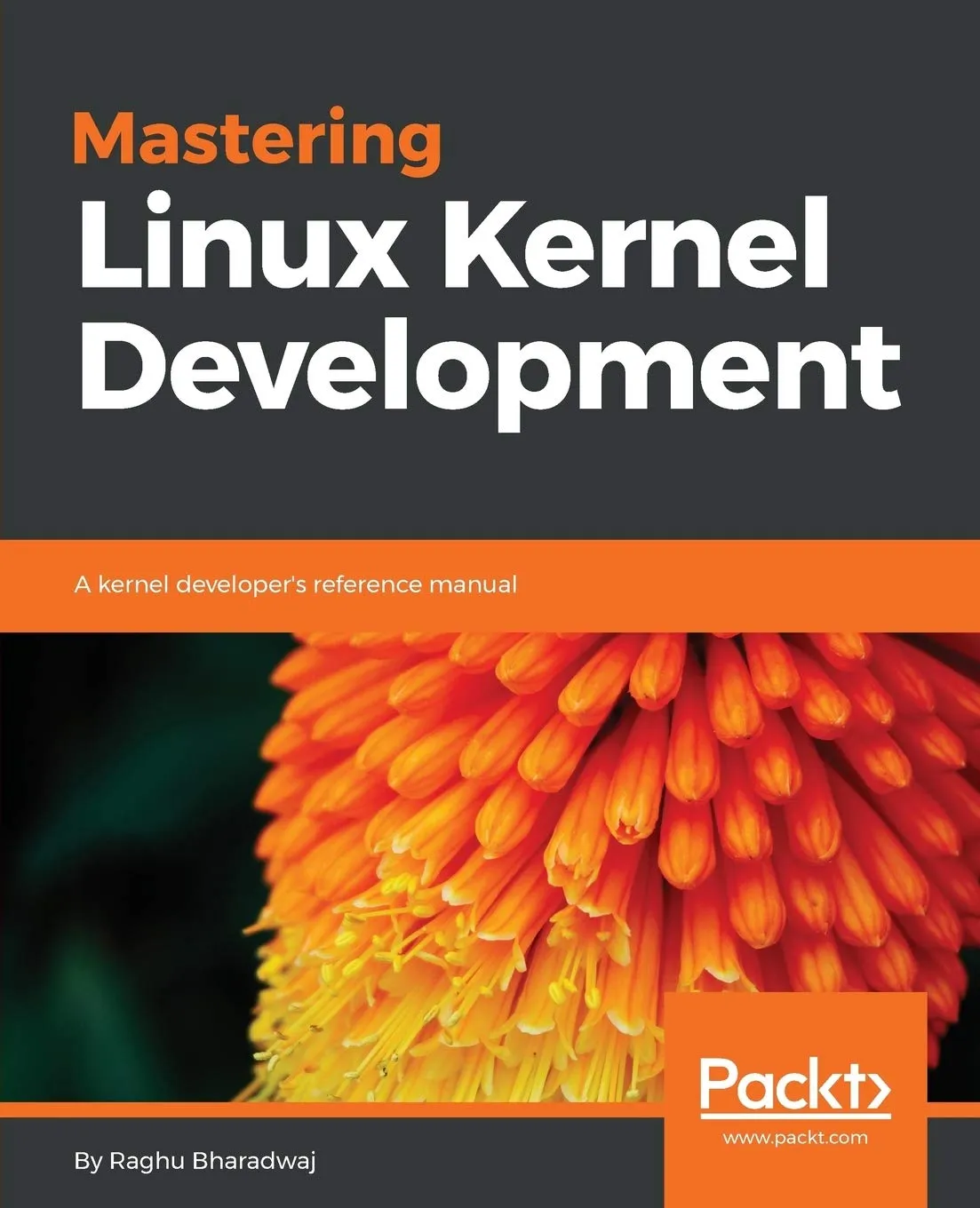
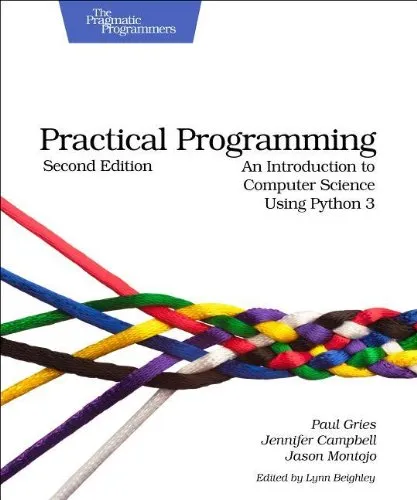
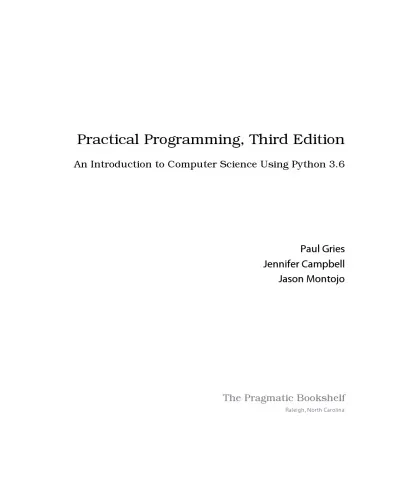
![Practical Programming. An Introduction to Computer Science using Python 3.6 [3rd ed.]](https://s3.refhub.ir/images/thumb/Practical_Programming__An_Introduction_to_Com_3762.webp)
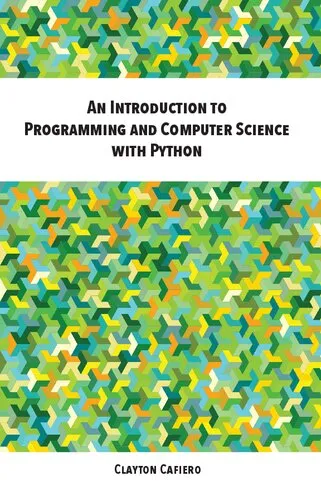
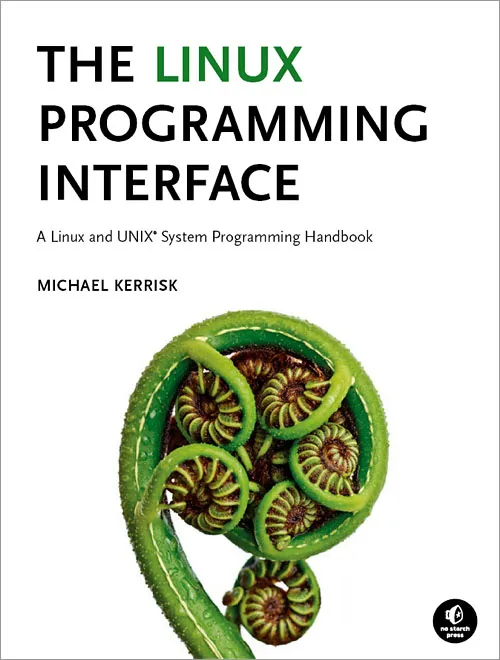
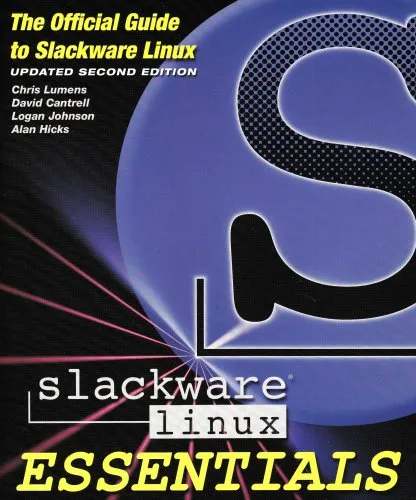
![[ An Introduction to Functional Programming Systems Using Haskell[ AN INTRODUCTION TO FUNCTIONAL PROGRAMMING SYSTEMS USING HASKELL ] By Davie, Antony J. T. ( Author )Jun-18-1992 Paperback](https://s3.refhub.ir/images/thumb/An_Introduction_to_Functional_Programming_Sys_34929.webp)
